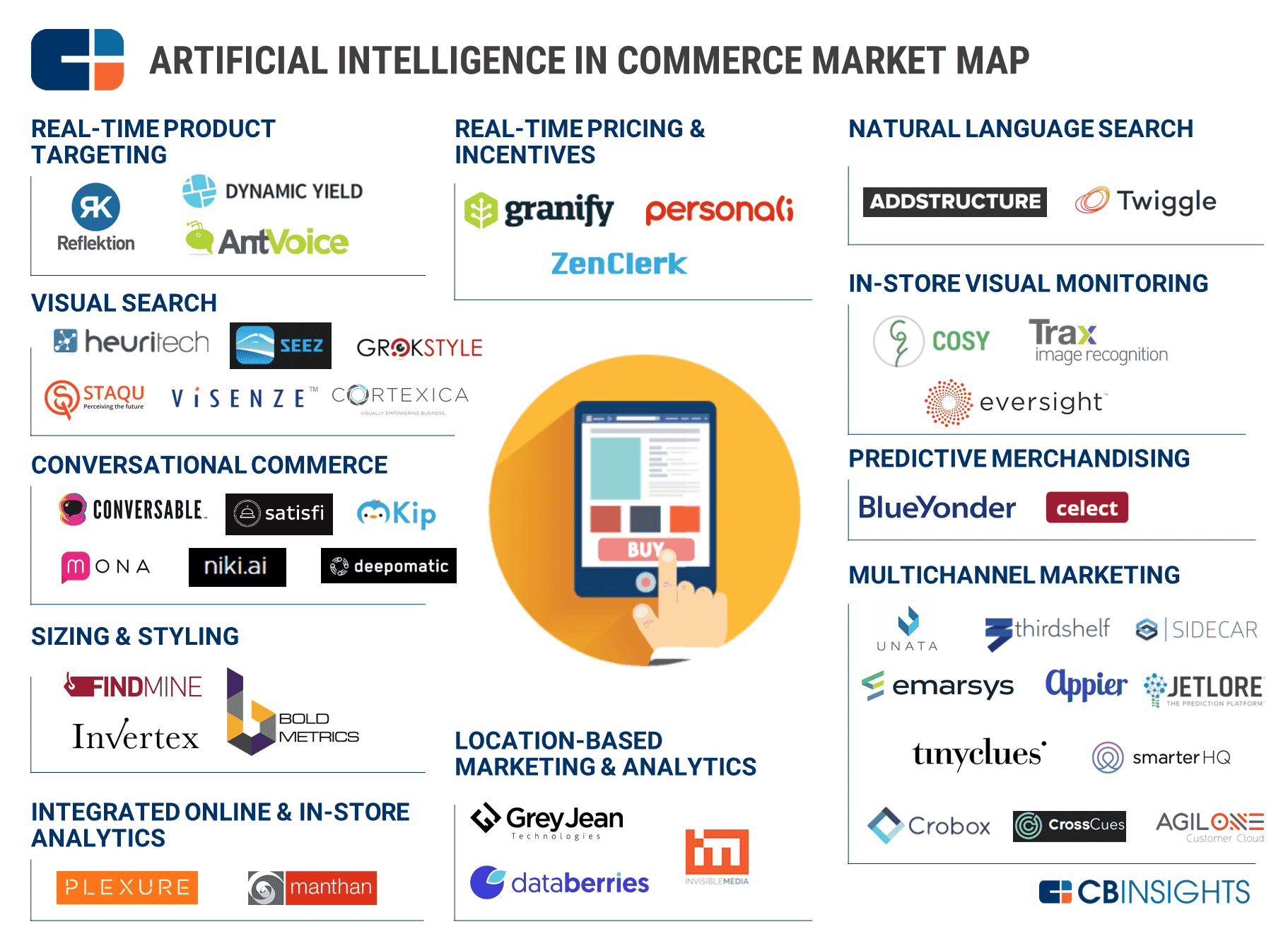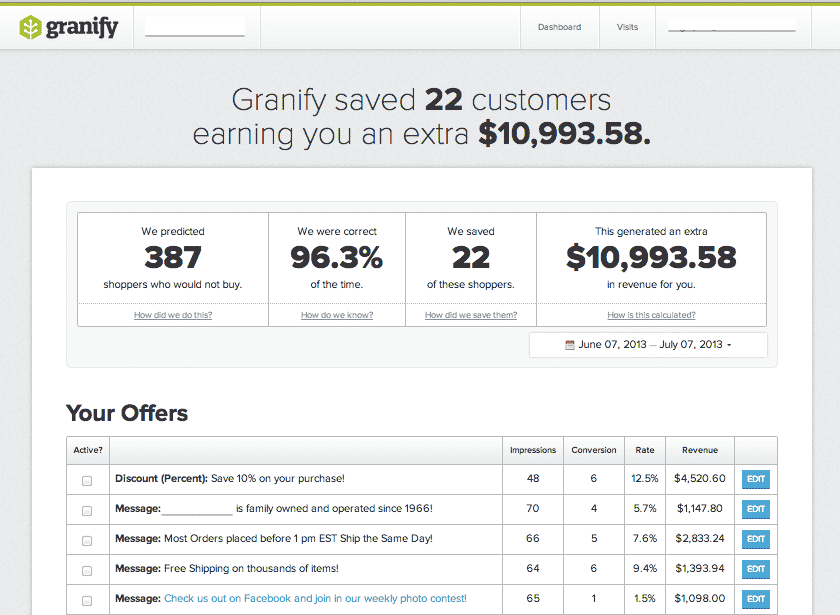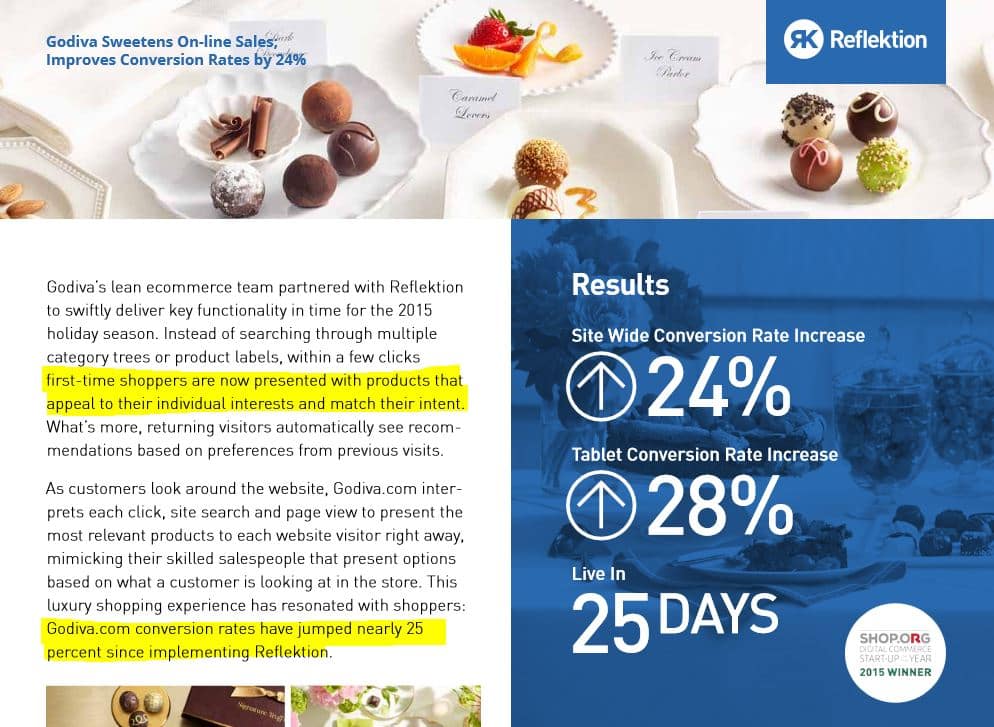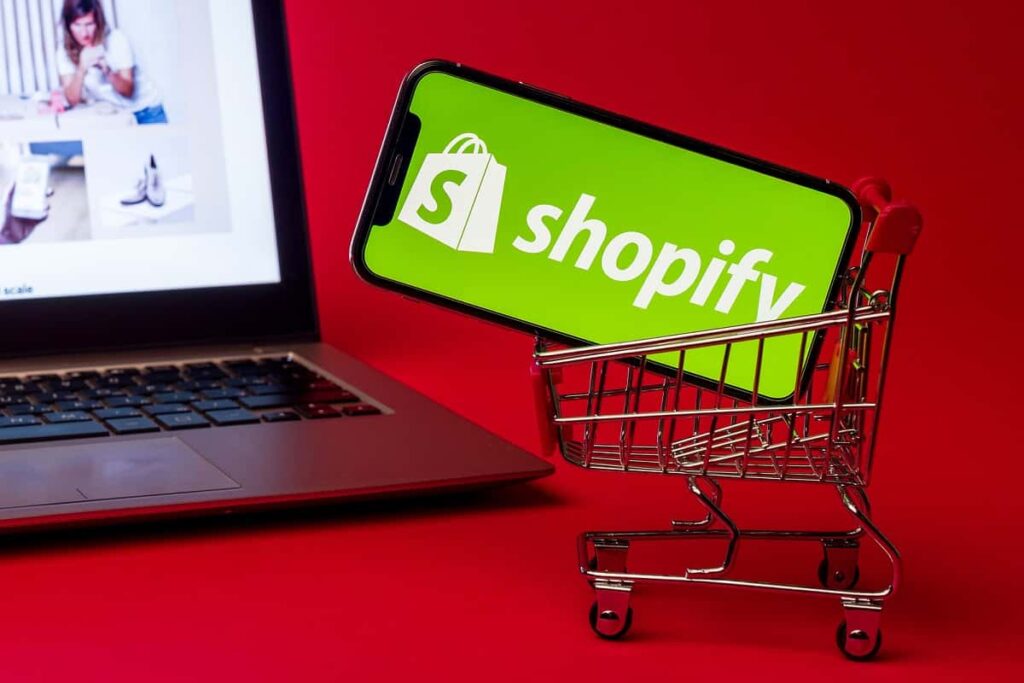7 Examples of AI in Retail and e-Commerce
Table of contents
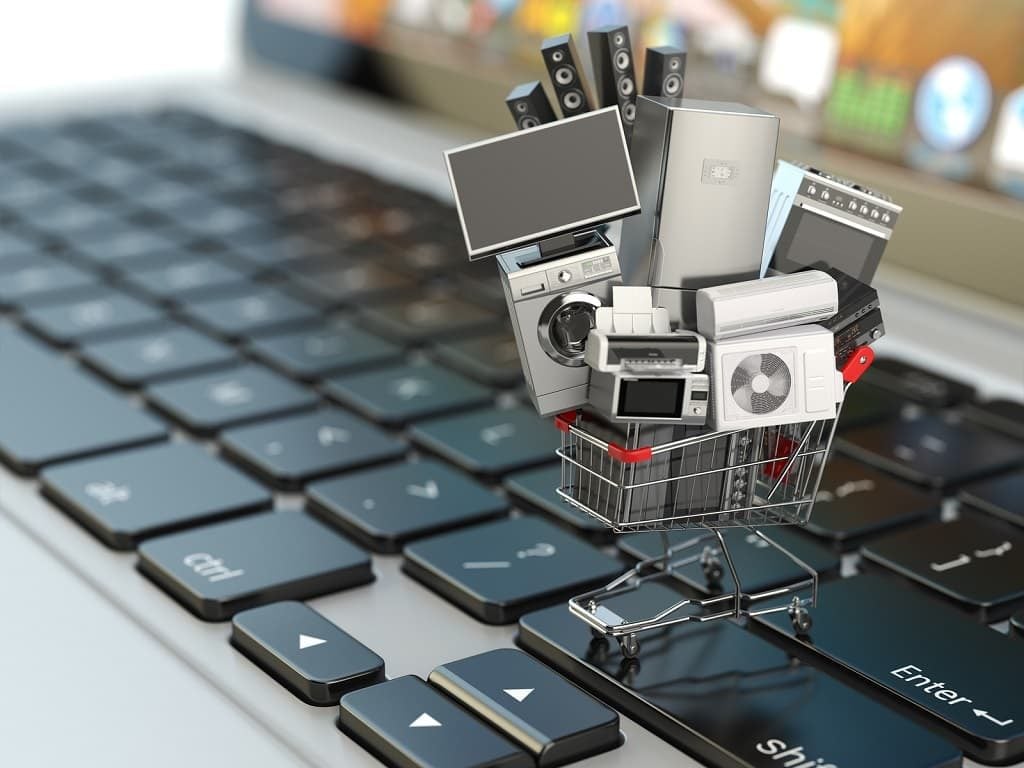
From the outside looking in, shopping hasn’t changed all that much in the past decade. Sure, it’s more common now to find a brick-and-mortar synced efficiently with its online presence (Target is great at this). But those still seem to be the exception to the rule. Behind the scenes, however, it’s a very different story. Proving once again that there isn’t a space that can’t be reshaped by AI, our friends at CB Insights mapped the startups disrupting retail and e-commerce using artificial intelligence (AI). Syncing online and real-world inventories are just the tip of the iceberg when it comes to converting retail to a 21st-century endeavor. The applications are broad enough, in fact, that CBO’s map covers 11 different categories:
Let’s take a closer look at some of these interesting companies integrating AI into retail and e-commerce technology.
Real-time Pricing & Incentives
It’s painfully simple to abandon an online purchase (painful for the retailer at least). The Baymard Institute was nice enough to compile the average of 37 (!) different studies on shopping cart abandonment and found that 69 percent of shoppers did not complete the purchase in their cart. That is a problem hungry for a solution.
Founded in 2011, Canadian startup Granify has raised $13.54 million in four rounds from 21 different investors with their most recent round closing in May 2015, a $7.3 million Series A. Granify is intent on reducing cart abandonment by using machine learning to identify shoppers ready to bail—and changing their minds before they leave the site. By optimizing each user’s experience in their moment of need, the platform is able to identify and address objections on the spot. It does this by analyzing every action a user takes: scroll speed, products and images viewed, mouse movements and hesitations, and more. Analyzing thousands of patterns every second, Granify determines all possible future outcomes and the optimal path to conversion for that particular shopper. If the system thinks you’re at risk of abandoning your cart, it shows you a message tailored to your specific objection.
The company promises its customers an incremental revenue gain of 3 to 5 percent within 90 days. Imagine how effective that could be for a company like Amazon (NASDAQ:AMZN) which no doubt already has their own AI algorithms on the case.
Real-time Product Targeting
Founded in 2012, Silicon Valley startup Reflektion has taken in $27 million in funding so far from the likes of Intel (NASDAQ:INTC) and Nike (NYSE:NKE) to create a predictive analytics platform for retailers and brands that makes people buy more isht. It’s been adopted by customers like Disney, Converse, and Godiva, and relies on its individualized commerce technology that shows people what they want to see. In the same vein as real-time pricing, real-time product targeting takes the user’s intent and preferences and combines them with a brand’s product offerings to influence buyers at every engagement point. Without investing in new systems, retailers subscribe to Reflektion’s number crunching, deep learning, and application delivery from the cloud. By modeling millions of users every day and predicting with high confidence what customers will do next, the software responds to real-time individual shopper intent, increasing conversions and revenue by +20%. One of their success stories involves Godiva chocolates, a company that some of us might be a little bit too familiar with. Here’s their success story:
For those of you who don’t run e-commerce sites for a living, conversion refers to the number of visitors to your site who actually give you their money. You can see why the promise of increasing conversion by double digits is going to get quite a few takers.
Natural Language Search
Natural language processing was the white whale of tech startups for quite some time. But the juggernaut that is Google seems to have solved the problem pretty well — for the most part. Language on e-commerce websites is a bit of a different beast. The search terms and chatbots needed on Home Depot’s site vary widely from the ones used on Nordstrom.com. (At least we hope they do.)
AddStructure’s products — Signal Search, Path, and Scaffold — offer retailers a white-labeled natural language platform to enable conversational commerce channels. The Chicago-based startup has raised $2.38 million so far from investors that include Best Buy (NYSE:BBY) to build their “AI-powered conversational commerce” platform. Already being used by retailers in the Fortune 100, their technologies enable a range of capabilities, from review summarization (distilling thousands of reviews of a product into digestible pros and cons) to creating optimized landing pages for queries coming from search engines, to a complete conversational commerce system.
Visual Search
Image search has been a technology long on promise and short on delivery for some time (cough, Blippar, cough), so it’s no surprise that the space is crowded with startups. One of these is GrokStyle, a San Francisco startup founded last fall and backed by a $2 million seed round in April of this year. The company aims to “bridge the gap between inspiration and retail” by automatically identifying products from any picture or angle, then telling you where to buy something similar. Users open the app, upload or take a picture, and then receive the closest matches, either including the object itself or ones like it.
Intended for the furniture and home decor space, we can see this easily translating to any type of retail item, not just $11,390 armchairs. The company has some big minds on its bench, with scientists and engineers from Google and Cornell University (where its research started) and was included by CB Insights in its prestigious AI 100 list.
In-store Visual Monitoring

Predictive Merchandising

Multi-Channel Marketing
Very simply, multi-channel marketing refers to the ability to execute marketing campaigns consistently across desktop, mobile, email, and other digital platforms (or channels as they’re called). In a recent article, we talked about the importance of being able to identify someone across all the platforms they use and then say what they want to hear. One company helping people pull this together is AgilOne.
Founded in 2006, Silicon Valley startup AgilOne has taken in $41 million in funding so far from investors that Sequoia Capital to develop a cloud-based offering that helps brands “find and connect with the unique individual in every customer“. Multi-channel marketing is an absolute necessity these days, in order to keep up with customers hopping from desktop to mobile, to online and instore. A cloud-based predictive marketing platform, AgilOne uses predictive analytics based on omnichannel customer behavior to personalize and orchestrate customer engagement, no matter the channel they’re on. Here’s an example of how this might be used to sell home furnishings:
Already being used by brands including Shazam, Sports Authority, and PBS, the platform prescribes exactly the right marketing offer, makes each relationship more profitable, and simplifies the science of marketing.
Conclusion
The ultimate goal of retail stores and e-commerce shops is to get you to buy more stuff. In the olden days of “data warehouses”, there was an urban myth that grocery stores figured out that placing diapers in the proximity of the beer aisle increased beer sales significantly. While the merits of that claim are debated, it’s a good example of “not so obvious” correlations and associations that machine learning can identify in order to increase sales and conversions. As we move towards the grocery store of tomorrow, it’s easy to see how the entire process of shopping both online and offline will dramatically change thanks to the power of AI algorithms.
Sign up to our newsletter to get more of our great research delivered straight to your inbox!
Nanalyze Weekly includes useful insights written by our team of underpaid MBAs, research on new disruptive technology stocks flying under the radar, and summaries of our recent research. Always 100% free.







